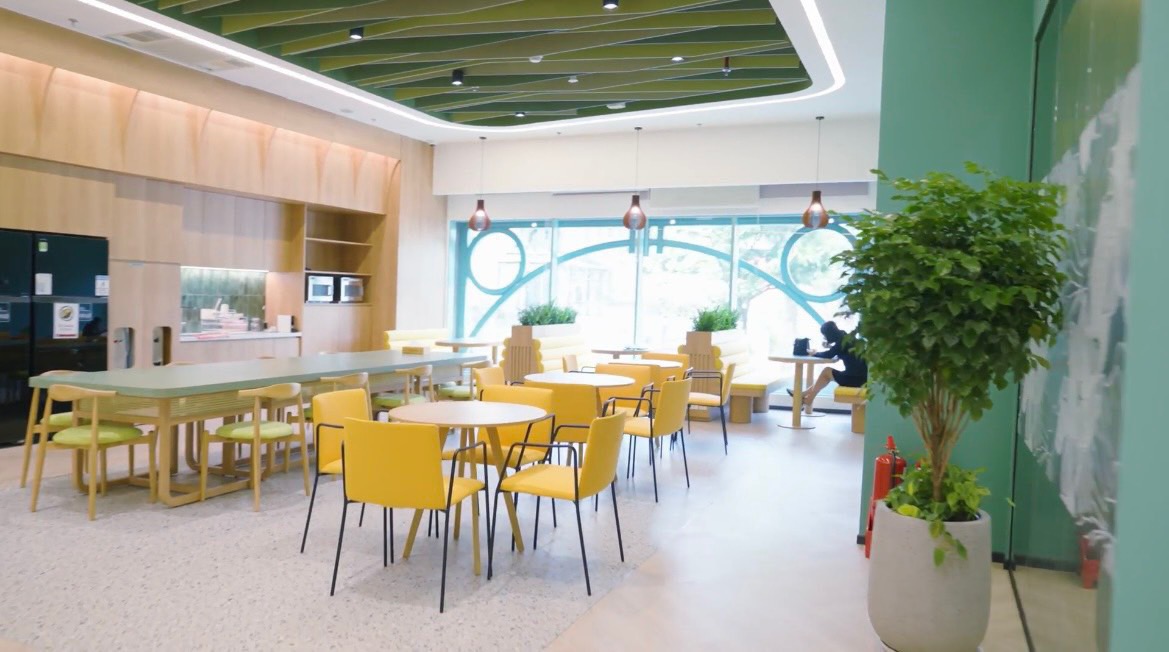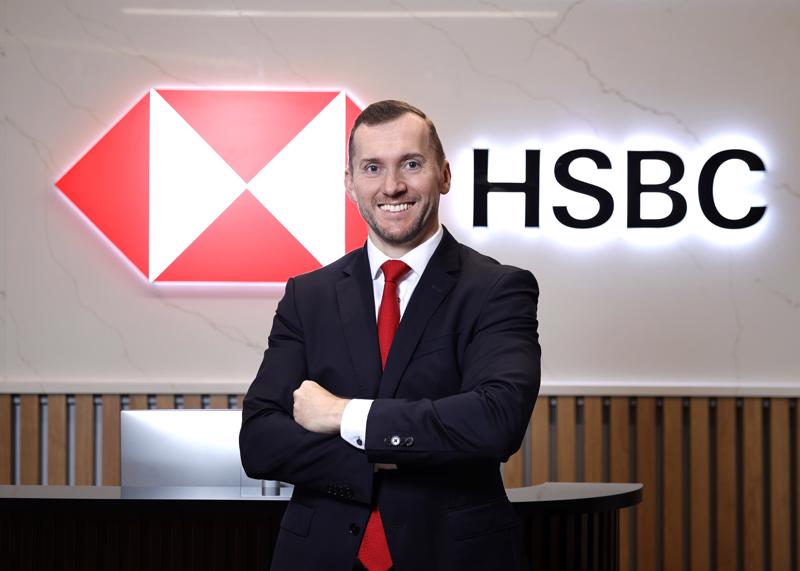How do you view the green building movement in Vietnam and around the world?
The green building movement has been steadily growing on a global scale as more countries and industries recognize the urgent need to address climate change and reduce carbon emissions. Organizations like the US Green Building Council (USGBC) and the World Green Building Council (WorldGBC) are leading efforts to promote green building practices and certifications worldwide. Many countries have implemented green building codes and standards to ensure that new construction projects meet sustainable criteria.
Indeed, we are seeing that new building stock are putting sustainable practices front and center in their design, with adherence to sustainability best practices and certification. Some of the larger landlords are beginning to retrofit existing properties to keep up with demand from their clients.
The green building trend and movement is gaining momentum not only globally but also in Vietnam. There is a growing awareness about the importance of sustainable practices in construction and building design in the country. The Vietnamese Government has introduced initiatives and incentives to promote green buildings, such as the Green Building Certification System (LOTUS) and the Vietnam Green Building Council.
We see an increasing number of new developments and projects in Vietnam that are incorporating green building principles to reduce their environmental impact, improve energy efficiency, and enhance overall sustainability. The numbers speak for themselves. As of the end of 2023, Vietnam had over 250 LEED-certified buildings, putting it in 28th place regarding green building construction. It is expected to be among the top 10 countries with the greatest number of green buildings within the next decade, according to Green Business Certification Inc.
Overall, the green building trend is expected to continue to only grow. As part of the global net-zero transition, climate change mitigation measures will need to be appropriately factored into buildings and the real estate sector, depending on the location. This shift towards sustainable and energy-efficient building practices supports this.
What lies behind the continued rise of green offices?
I think the driving forces behind this evolution are quite clear. Green offices can help businesses meet their sustainability targets and reduce costs.
To achieve a pathway towards net-zero carbon dioxide emissions by 2050, the International Energy Agency (IEA) estimates that overall carbon dioxide emissions in the buildings sector should fall to around 5 Gt in 2030, or 0.6 Gt a year. According to its World Energy Outlook report, cost-effective, proven energy efficiency and decarbonization measures in buildings could contribute over 6.5 Gt of reductions in annual carbon dioxide emissions by 2040.
Reductions in emissions from buildings represent one-third of the total reductions required to align with the Paris Agreement’s goals, which presents large potential for significantly reducing greenhouse gas emissions compared to other major emitting sectors.
Buildings and construction account for around 37 per cent of global energy and process-related emissions, and high-performing green buildings, particularly LEED-certified buildings, provide the means to reduce the climate impacts. A LEED-rated building can not only help create a more sustainable future for the environment but also offer social benefits. LEED-certified buildings place greater focus on occupants’ well-being, offering a healthier and more satisfying indoor space.
HSBC has often spoken of its sustainability goals and strategies. Do green buildings fit within this?
At HSBC, we have an ambition to achieve net-zero emissions in our own operations and supply chains while supporting our clients’ own transition to net-zero. This will see us seeking 100 per cent renewable electricity across our operations and minimizing our direct impact on nature. This means mobilizing to cut our emissions across our energy consumption, travel, and supply chain globally.
In order to support the bank’s net-zero goals, in 2022 we set ourselves a target of improving our own office footprint and embedding sustainable practices into our facilities in Vietnam. This involves us working on our portfolio to reduce our own emissions and to increase our renewable energy use. Energy efficient offices and buildings will help us achieve our target.
Our carbon dioxide emissions and energy consumption have been reduced by setting up solar panels on the rooftop of our premises, installing high-efficiency LED lighting, and optimizing power supply systems.

In addition, we also look to secure LEED or equivalent certification for our construction projects in key premises. Last year, we were the first bank in Vietnam to achieve LEED Gold status for our E-Town Transaction Office, and we have just added a second LEED-rated office as part of our refurbishment of the second floor office in The Metropolitan Building. This is a gold certification under the LEED v4 Interior Design and Construction: Commercial Interiors rating system.
What does it take to achieve the LEED Gold status for Interior Design and Construction?
It requires a lot of consideration, as every aspect of an office can be optimized for energy-efficiency, zero-waste, and resiliency in the design principles. For example, we sourced environmentally-friendly materials like rattan panels separating the reception area and lounge space on our office at The Metropolitan Building.
We also adopted waste management practices to reduce landfill and promote responsible waste disposal, and implemented strategies to minimize water usage and promote water conservation throughout the project and in operations.
Other key areas that need focus include optimizing energy performance by utilizing daylight sensors and other energy-efficient technologies, and prioritizing indoor air quality with continuous online carbon dioxide monitoring and indoor air quality testing to ensure a healthy indoor environment for occupants.
In short, to achieve LEED certification, we have taken action on carbon emissions, energy, water, waste, transportation, materials, health, and indoor environmental quality.
Is it challenging to secure LEED certification in an existing building?
It is always much easier to build sustainable design into a new building than to retrofit an existing building, but that doesn’t mean it is impossible. Navigating the challenges of obtaining LEED certification in an older building requires much collaboration, communication, and planning to ensure that sustainable goals are met while addressing the unique constraints of the building environment.
For example, we liaised with our landlords to get them on board in order to move forward with our green leasing program, which has been introduced globally. A green lease provides a mutual understanding and goal to drive sustainability benefits and identify mutual opportunities to improve the building’s design and operations.
So, we began working with our landlords on green leasing principles and the importance of integrating sustainable practices into the building. Our proactive efforts to engage with landlords and to promote sustainable initiatives have yielded positive outcomes, including our quest to obtain LEED certification for our project at The Metropolitan Building.
This collaborative approach has not only enhanced the sustainability of our office space but also contributed to a broader culture of environmental responsibility within our partners as well.
We now have green leases in over 70 per cent of our buildings. We will continue to work very closely with landlords for opportunities to build green and sustainable practices into our premises.









 Google translate
Google translate